Born on October 10th 1954, in Lima, Peru, Juliane Koepcke was the only child of Maria and Hans-Wilhelm Koepcke. The couple originally hailed from Germany but had moved to Peru to pursue careers in zoology and environmental studies.
Hans-Wilhelm, Juliane’s father, was interested in zoology, whilst Maria, Juliane’s mother, was more interested in studying tropical birds. Before Juliane was even born, the pair had partnered with museums and conservation efforts in the country.
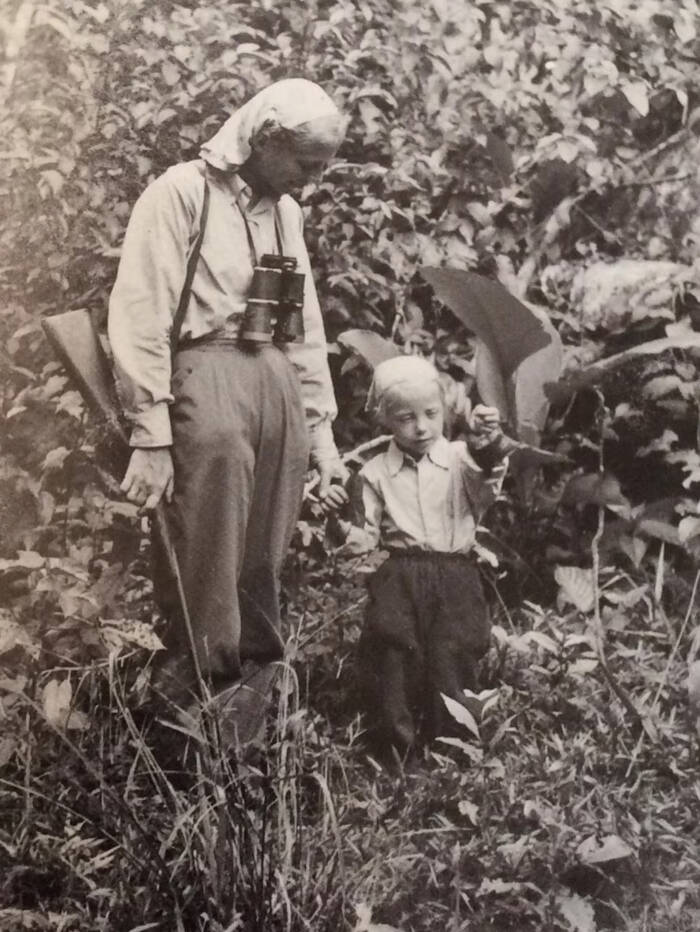

Juliane’s birth did little to change the trajectory of their respective careers, and Juliane was exposed to her parent’s work from an early age. She took a keen interest in environmentalism and animals, undoubtedly making her parents swell with pride.
In interviews, Juliane described herself as a ‘jungle child’ and explained how her parents taught her to survive in the wilderness.
When Juliane was a teenager, her parents moved their operation from the country capital of Lima to Panguana, almost 400 miles away in the lush Amazon rainforest.
Together, Maria and Hans-Wilhelm set up a research station and strived to learn as much about the rainforest as possible.
Hans-Wilhelm lobbied the local governments to make more concerted efforts to conserve the wildlife and the rainforest they called home.
This attitude toward nature rubbed off on Juliane, who began considering a career in biological research and conservation herself. For many years, Juliane was home-schooled, learning ‘on the job’ with her parents and picking up invaluable life skills.
While Juliane enjoyed her jungle education, the Peruvian government did not, and they pressured her to complete her formal education.
A Surprise Graduation Present
In the early 1970s, Juliane and her mother, Maria, returned to Lima so she could sit for her final exams.
On December 23rd 1971, two days before Christmas, Juliane passed her exams and graduated from school. She was now officially free to do as she pleased, but the only thing on her mind right then was getting back to Paguana to spend Christmas with her father as a family.
Maria had wanted the pair to fly out earlier to avoid the Christmas rush. However, Juliane was determined to attend her graduation ceremony. As a result, the pair were forced to book 2 tickets on LANSA Flight 508, departing on December 24th 1971.
LANSA Airlines, which ceased operations in 1972, had a terrible reputation within the country, and Hans-Wilhelm knew of this.

Flight 508 would be undertaken by a Lockheed L-188 Electra plane that could carry 99 people. According to ABC News, “Of the 170 Electras built, 58 were written off after they crashed or suffered extreme malfunctions mid-air.”
Hans-Wilhelm also knew how dangerous the L-188 Electra was and urged his wife to find a different flight or route.
As it was so close to Christmas, Maria’s only option was to buy tickets with LANSA Airlines as the pair were desperate to be home in time.
On the afternoon of December 24th, Maria and Juliane boarded Flight 508 with no idea what lay ahead. The plane had been 7 hours late, and many passengers were already anxious that the flight would not take off at all.
Eventually, after many complaints, everyone was seated, and the crew prepared for takeoff.
Lightning Doesn’t Strike Twice
The mother-daughter duo sat two rows from the back, with an excited Juliane taking the window seat. Take off went smoothly, and Maria relaxed a little once they were up in the air.
In her memoir, Juliane recalled how her mother found the process of flying ‘unnatural’, and it was a cause of anxiety for her. Halfway through the flight, things began to take a turn for the worse.
A swarm of black clouds descended upon the sky, limiting visibility and plunging the cabin into darkness. Things didn’t get any easier for the passengers who experienced extreme turbulence.
Juliane described it as ‘the plane jumping up and down’ and recalled seeing baggage from the overhead lockers flying in all directions.
Bags, pillows and food were being flung violently up and down, left to right, and that is when Maria began to panic.
Just as passengers thought their flight couldn’t get any worse, they saw bright white flashes outside their windows. The flashes of light became brighter and crept closer.
Fifteen minutes before the plane was due to land, a large flash of lightning struck one of the motors, crumbling it instantly. The plane ‘jumped’ before descending into a rapid nose dive.

The last thing Juliane remembers her mother saying was, “That is the end, it’s all over.” in an eerily calm voice.
In an instant, the screams of passengers and cabin crew and the whir of the plane’s engines cut out, and Juliane had no idea what was happening to her.
It took a few seconds for the realisation to dawn on her: she was freefalling from the plane in mid-air. She was still strapped into her seat with her head hanging over her heels.
She told the New York Times, “I was outside, in the open air. I hadn’t left the plane; the plane had left me.”
Into The Amazon
According to Juliane, the only other thing she can remember is seeing the canopy of the Amazon rainforest growing ever closer to her, and then, she blacked out.
It wasn’t until the next day, Christmas, that she awoke, still strapped into her aeroplane seat. She looked around for other survivors, but she was utterly alone.
Dazed, Juliane found a safe place to sit and realised she had suffered a concussion, a broken collar bone, along with a myriad of other scrapes and bruises.
At least, that is what she believed in that moment. Juliane’s injuries were later assessed, and it was discovered she had large gashes on her legs, which she believed to be ‘superficial’.
It turns out that she had ruptured a ligament in her knee, but she did not let this stop her from completing her first objective: finding her mother.
She spent the day looking around, but there was no sign of her mother. Juliane, at just 17 years old, had to come to the realisation that her mother was dead, and now, she needed to survive.
Whilst she was injured and concussed, there was another thing holding her back. Juliane required glasses and was very short-sighted without them, but the crash and subsequent fall had sent them flying somewhere into the rainforest.
Juliane edged her way through the brush, dressed in only a sleeveless mini-dress and white sandals. Eventually, she came upon a creek, which her parents had taught her to gravitate towards as it would be safer to walk in.
Just short of where Juliane had landed, she discovered a packet of lollies that had fallen from the plane, and she made a quick dash to recover them. They would be her only source of food for the next 11 days.
The Fight For Survival
As the days passed, Juliane continued walking along the creek, hoping to find any sign of civilisation. As she stopped to listen to the wildlife around her, she noticed something.
The birds’ calls and the frogs’ croaks were eerily familiar, and that is when it dawned on her. They were familiar because she was in the same section of the jungle as Panguana. This was the glimmer of hope she needed to continue.
Survival for the 17-year-old was challenging, to say the least. In just a mini-dress, the hot and humid days felt long, but the bitter nights felt even longer. On the 4th day, Juliane’s ears were alerted to another familiar sound, king vultures.
She followed the sound, knowing that they only circled and landed when there was a large feast to be had.
When she rounded the corner in the creek, she found three bodies slammed into the ground, face first, their bodies still strapped into their aeroplane seats.
Bravely, Juliane ran over to see if one of the bodies belonged to her mother, a scenario she will never forget. None of the bodies belonged to her mother, and she knew she needed to push on into the jungle if she had any hopes of surviving.
Whilst she trudged through the creek, she heard helicopters circling ahead, but the canopy of the Amazon was too dense for her to signal to them.
By day 10, January 2nd, 1972, all of Juliane’s physical strength had been depleted, and the New Year had come and gone without Juliane’s knowledge. She had no idea of the date or time or whether she would make it out of the forest alive.
Her injuries and lack of food had finally caught up to her, and all she was able to do was float along the creek. Just as she was about to give up, she saw her first beacon of hope.
A large boat sat in the waters, and at first, by her own admission, Juliane thought she was hallucinating. She floated closer to see if she could touch it: she could.
She described this moment as ‘a shot of adrenaline’. Moments after finding the boat, Juliane saw a path leading to a hut with a palm leaf roof.
Mustering all of her strength, she finally made it to the hut, where she found her second beacon of hope, a litre of gasoline.
This may seem like an unlikely lifeline, given that Juliane didn’t have a vehicle, but it served another purpose in her case. A wound to her right arm had become infected and infested with maggots.
She recalled an incident during her childhood where the beloved family dog had suffered a similar wound. Juliane put her jungle knowledge to good use and sucked the gasoline from the container, and poured it onto her wound.
The pain was almost overwhelming, but after hours of fighting, Juliane removed 30 maggots from her arm.
The Voice Of An Angel
After using the last of her energy to remove the maggots, Juliane decided to stay in the hut where she would be somewhat warm and dry for the night.
Day 10 slowly turned into Day 11, and when she awoke the next morning, she heard voices from outside the hut. A group of local fishermen had congregated outside, ready to tackle another day on the waters.
When Juliane emerged, they were frightened. In Peru, there is a tale of a water goddess who appears in the form of a dolphin-human hybrid. The goddess is said to be a blonde, white-skinned woman with dolphin-like features.
This legend is similar to a divine spirit in Brazil known as Yemanja, who is considered the patron spirit of fishermen and shipwreck survivors.
While Juliane had attended a German-speaking school in Lima, her parents had taught their daughter Spanish.
Juliane was able to convince the men she was not a water goddess and was, in fact, a survivor of a terrible plane crash that had occurred days earlier.
The tale of the LANSA Flight 508 crash had made headline news across Peru, and it was assumed there had been no survivors until Juliane was discovered.
The men took Juliane by boat to the nearest town, where she was whisked away to the nearest hospital.
Her father, Hans-Wilhelm, was informed of her survival and immediately travelled to see his daughter, who he assumed had died 11 days earlier.

Whilst recovering in hospital, Juliane learned she had ruptured a ligament in her knee and that her wounds had been far more severe than ‘superficial’.
Life After The Crash
On January 12th 1972, the body of Marie Koepcke was recovered from the rainforest. Juliane and Hans-Wilhelm learned that, like her daughter, Marie had survived the initial impact but had been too injured to find her way to safety.
Out of 92 people on board, 17-year-old Juliane Koepcke had been the sole survivor of a horrific crash and 10,000-foot fall. Others had likely survived the initial impact, too, but died whilst waiting to be rescued.
In 1980, Juliane went to live and study in Germany, where she fully recovered from her physical injuries. She first studied biology at the University of Kiel before obtaining her doctorate years later.
The crash had made flying an almost impossible task for Juliane. Still, she was able to muster the courage to return to Peru as an adult, where she undertook studies in mammalogy.
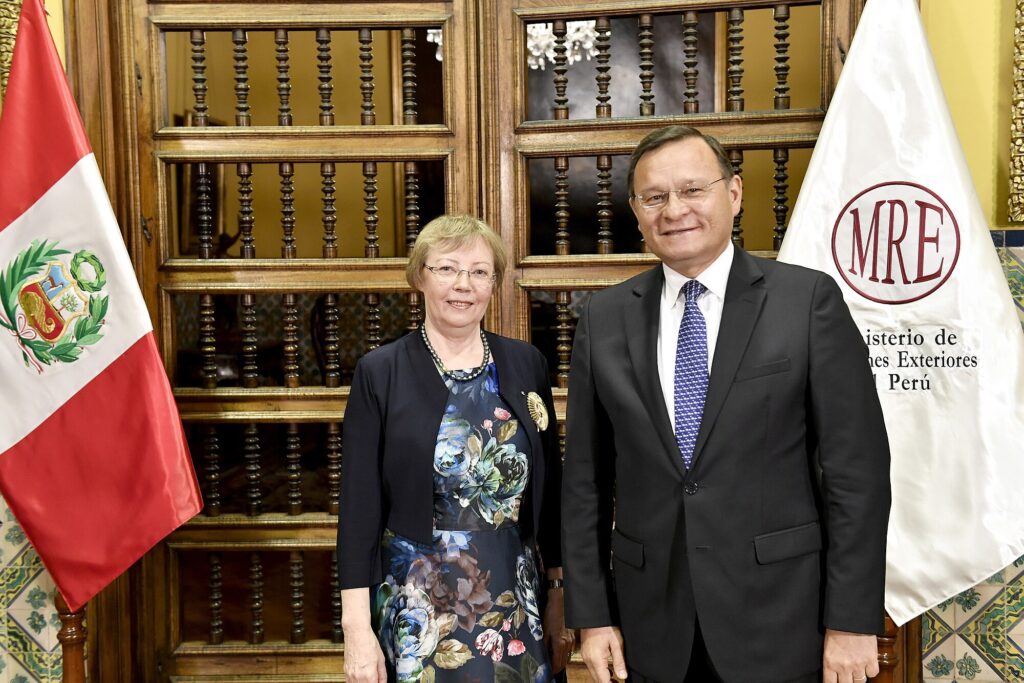
Juliane preferred to avoid the media, but in 1998, she agreed to work with legendary director Werner Herzog in his documentary ‘Wings of Hope’.
Juliane recalled that the documentary was therapeutic, and it was the first time she had been able to relive the event in a controlled and ‘outsider’ manner.
Juliane has expressed how grateful she is to have survived such a traumatic plane crash, but one question haunts her. Why was she the sole survivor?
Sources
https://www.abc.net.au/news/2022-10-02/the-girl-who-fell-3km-into-the-amazon-and-survived/101413154
https://www.nytimes.com/2021/06/18/science/koepcke-diller-panguana-amazon-crash.html
https://allthatsinteresting.com/juliane-koepcke
https://www.vice.com/en/article/8gmgmz/the-woman-who-fell-to-earth-508-v17n9

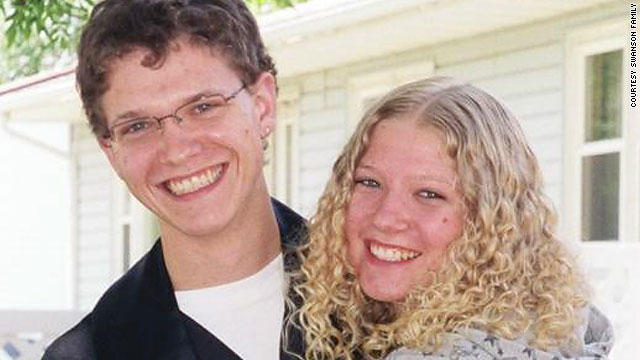
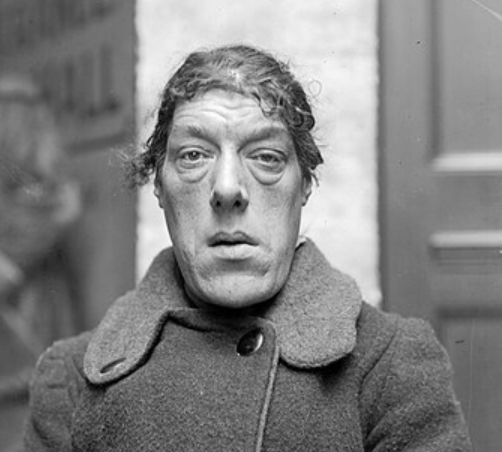
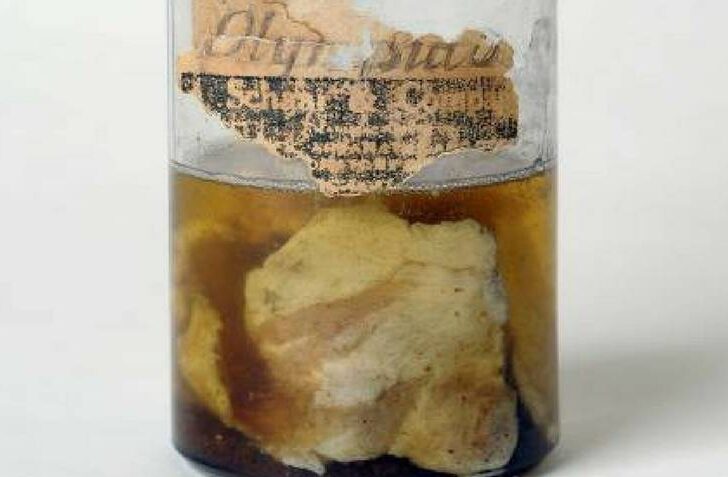


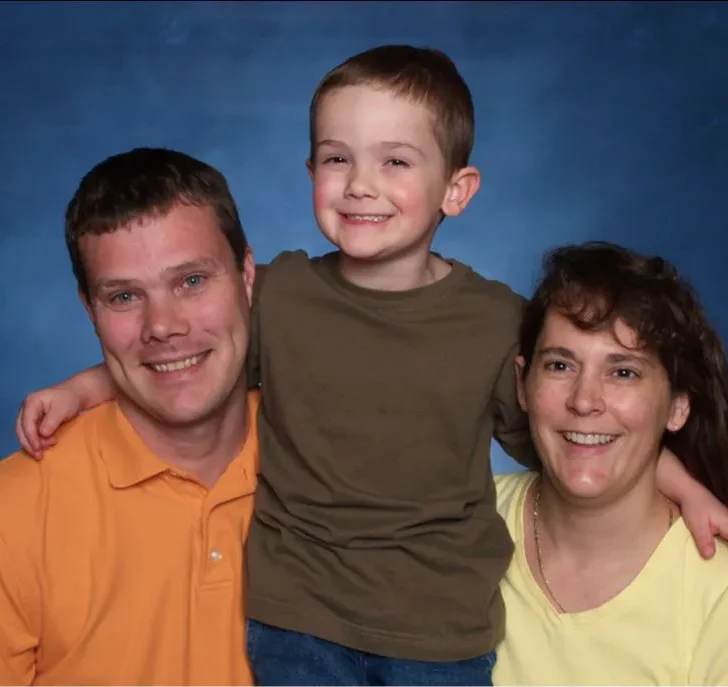
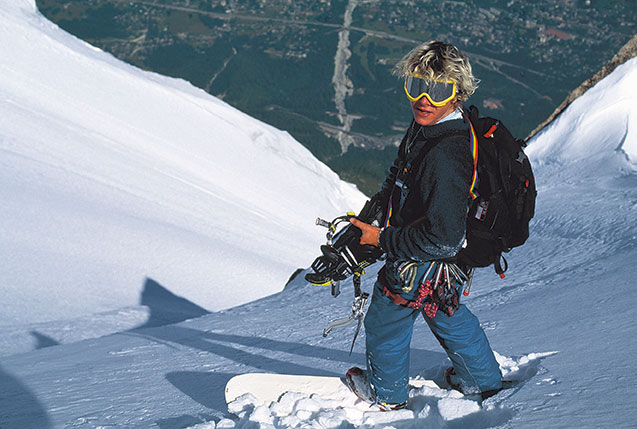
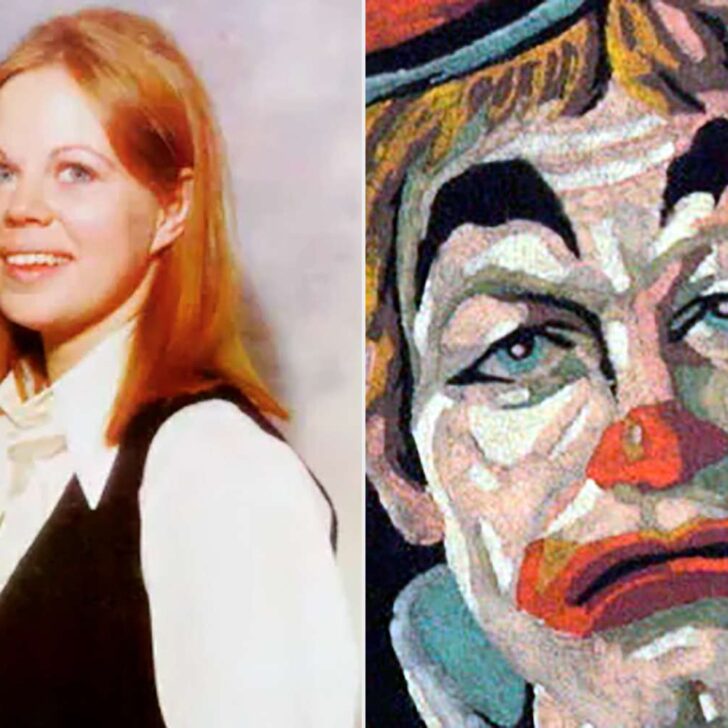
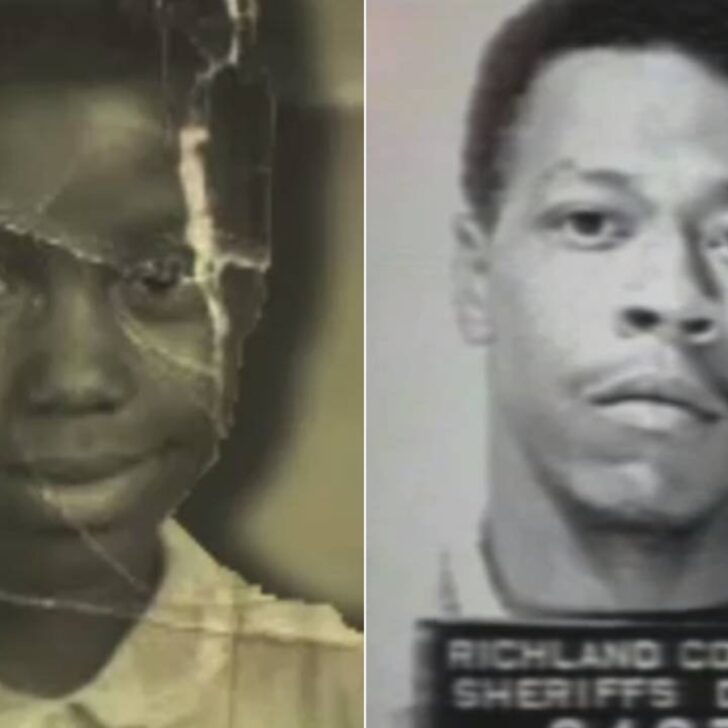
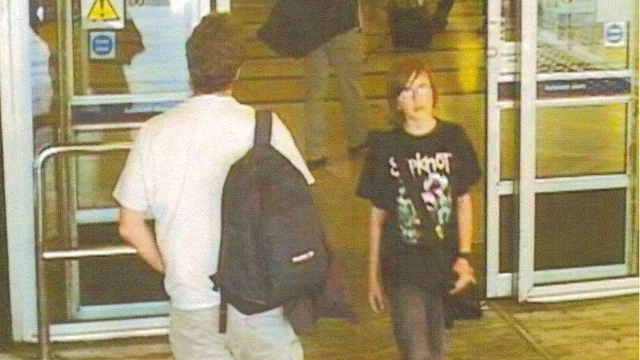


Leave a comment